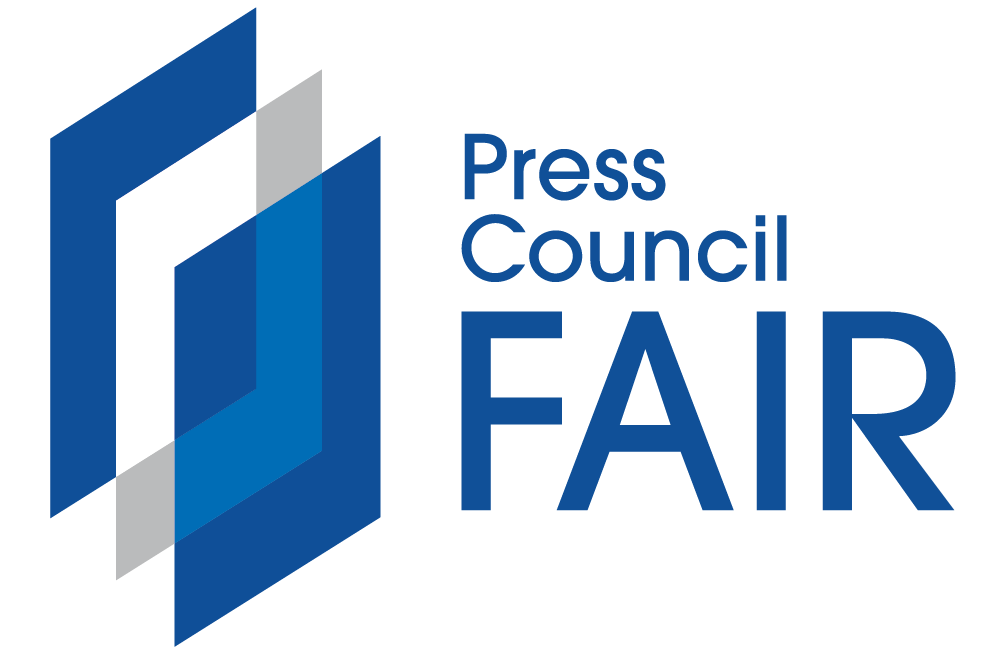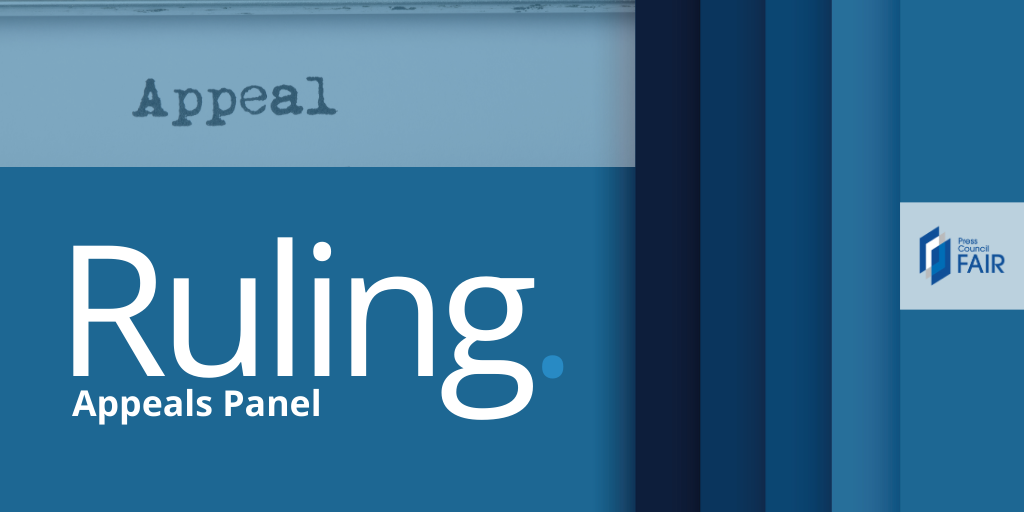SUMMARY
Two pictures of a plane crash were in dispute (published on 25 September 2009).
This ruling by Deputy Press Ombud Johan Retief was based on the Press Code that was in effect before 30 September 2022.
The story was about an aeroplane that had crashed close to the Durban International Airport.
Colin Jordaan, Chief Executive Officer of the SA Civil Aviation Authority, complained that the:
- main photograph was superimposed onto a photo of the Durban refinery “with the clear intent of misleading the public into thinking that the aircraft had crashed very close to the refinery”; and
- second, smaller, photograph “appears to have been taken so as to imply that the aircraft was about to impact the school building” (in the background).
Retief visited the site and was accompanied by a photographer from The Mercury as well as a representative from Civil Aviation.
The photographer took a picture from the same vantage point as that of the published picture. He concluded that the main picture was not photo-shopped but merely zoomed in, while Jordaan’s picture was clearly taken with a wide-angled lens.
His inspection of the site where the second picture had been taken from, convinced him that it had been taken from a vantage point behind the plane and towards the school. The picture had also been zoomed in, as was standard practice.
The complaint was dismissed.
THE RULING ITSELF
This ruling is based on the written submissions of Mr Colin Jordaan and The Mercury.
Complaint
Colin Jordaan, Chief Executive Officer of the SA Civil Aviation Authority, complains about two pictures of a plane crash used on the front page of The Mercury dated September 25, 2009.
He complains that:
- The main photograph was superimposed onto a photo of the Durban refinery “with the clear intent of misleading the public into thinking that the aircraft had crashed very close to the refinery.”
- The second, smaller, photograph “appears to have been taken so as to imply that the aircraft was about to impact the school building (in the background).
Analysis
In its response to the complaint, the Mercury’s former editor, David Canning, denied that the newspaper had airbrushed or otherwise digitally altered the pictures.
Main photo
He said the main photo was bought by the newspaper from a freelance, Rajeth Jantilal, who “vehemently denied altering the image”.
To prove its point, The Mercury took another picture from the same vantage point, with Canning standing at the place where the plane had crashed. The refinery and the mill appeared as prominent in this picture as it had in the one that had been published.
The newspaper argued that the second picture showed precisely the same background as had Jantilal’s image – the Bluff headland, the smokestacks, etc.
Jordaan submitted several photos, among them one from the Star newspaper in Johannesburg and one by a Netcare photographer and argued: “It is clear …that the chimney stacks located at the refinery are some distance away as they are relatively small in comparison to the aircraft in the foreground.”
The two sets of photographs, from Jordaan and from the newspaper, were not helping resolve the matter.
I visited the site and was accompanied by a photographer from The Mercury and a representative from Civil Aviation.
The photographer took a picture from the same vantage point as that of the published picture. The image on the screen of the camera, zoomed in to its maximum, looked exactly like the one published – the structures of the refinery and the mill were just as large as those in the picture in question.
The practice of zooming in with a 70-200 mm lens is standard journalistic practice.
The photographer then took a picture with a wide-angled lens – this time it looked precisely like the ones Jordaan had submitted.
The riddle was solved: The main picture was not photo-shopped but merely zoomed in, while Jordaan’s picture was clearly taken with a wide-angled lens.
Second photo
Jordaan argued that the second picture was false: “In reality the direction of the crash landing was away from the school buildings as the pilot picked the largest open field in which to put the aircraft down.”
According to the submission from the newspaper, this photograph was taken by staff member Sandile Ndlovu.
Our inspection of the site convinced me that the second picture was taken from a vantage point behind the plane and towards the school. The photographer had only one option – to take the picture from the ground. If he had a higher vantage point, the distance between the plane and the school would have been clearer. There was however no such possibility. Again the picture was zoomed in, as is standard practice.
Finding
The complaint is dismissed.
Appeal
Please note that our Complaints Procedures lays down that within seven days of receipt of this decision, anyone of the parties may apply for leave to appeal to the Chairperson of the SA Press Appeals Panel, Judge Ralph Zulman, fully setting out the grounds of appeal.
Johan Retief
Deputy Press Ombudsman


